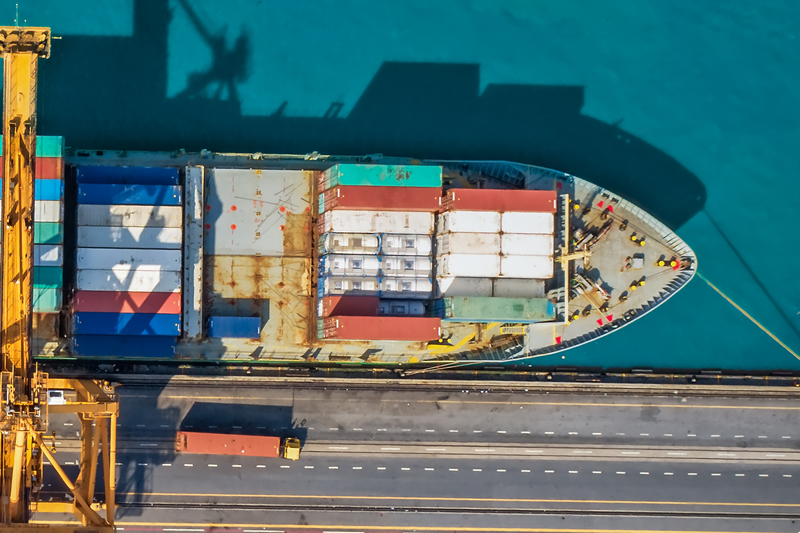Shipping Emissions 20% Higher Than 10 Years Ago
11
According to the United Nations Conference on Trade and Development's "Review of Maritime Transport 2023," international shipping's greenhouse gas (GHG) emissions in 2023 were 20% higher than they were a decade earlier. Overall, the shipping industry accounts for over 80% of global trade volume and nearly 3% of worldwide greenhouse gas emissions. Despite a dip of 0.4% in global maritime shipping volumes in 2022 due to disruptions caused by COVID-19, the report anticipates a 2.4% growth in 2023.

Containerized trade, which saw a 3.7% decline in 2022, is expected to rebound with a 1.2% growth in 2023, followed by further expansion of 3% between 2024 and 2028. In contrast, oil and gas trade volumes exhibited strong growth in 2022, and tanker freight rates experienced a significant upturn driven by geopolitical events. Rebeca Grynspan, Secretary-General of UNCTAD, emphasised the urgency of decarbonizing maritime transport while ensuring economic growth. Striking a balance between environmental sustainability, regulatory compliance, and economic imperatives is essential for a prosperous, equitable, and resilient future for the industry.
Ship owners are grappling with the challenge of renewing their fleets amid uncertainty regarding technology and regulatory frameworks. Port terminals face similar dilemmas, particularly in making investment decisions. As the transition to alternative fuels is still in its early stages, a substantial 98.8% of the global fleet continues to rely on conventional fuels such as heavy fuel oil, light fuel oil, and diesel/gas oil.
Only 1.2% of vessels use alternative fuels, primarily liquified natural gas (LNG), with lesser adoption of battery/hybrid, liquified petroleum gas (LPG), and methanol. However, progress is underway, as 21% of vessels currently on order are designed to operate on alternative fuels, with LNG being the most prominent choice.
Breaking down the vessels on order and under construction by fuel type, LNG constitutes 52.1%, battery/hybrid accounts for 39.9%, LPG represents 5.5%, methanol makes up 3.4%, and hydrogen is at 0.3%. In terms of active tonnage, nearly 6% of the active fleet runs on alternative fuels, mainly LNG, and one-third of the tonnage on order is designed for alternative fuel use. It's worth noting that while LNG has a lower carbon footprint than heavy fuel oils, it remains a fossil fuel and faces challenges like methane emissions. Batteries are better suited for vessels operating shorter distances, according to the report.
#protea #emissions #monitoring #cems #ftir #gas #analysers #shipping #marine
Other Articles
Global Underground CO2 Storage Data Offers Hope Amid Rising Emissions
01
IMO Postpones Adoption Of Global Net-Zero Shipping Framework
04
Pioneering Carbon Capture Projects Ready For Construction
03
Methanol & Ammonia Deemed Ready As Zero-Emission Shipping Fuels
01
Carbon Capture Storage Reaching A Turning Point In Decarbonisation
13
CCS To Capture 15% Of Shipboard Carbon Emissions By 2050
29
Global Shipping Industry Struggles To Navigate Net Zero Transition
21
Carbon Capture Surges as Economics Policy & Industry Demand Align
14
GHG Emissions At Ports On The Rise Despite Initiatives
07
Carbon Capture Utilisation & Storage In A Nutshell
30
